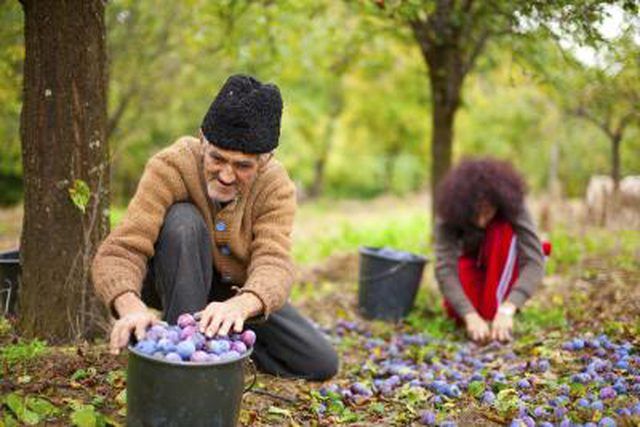Bulbs
Flower Basics
Flower Beds & Specialty Gardens
Flower Garden
Garden Furniture
Garden Gnomes
Garden Seeds
Garden Sheds
Garden Statues
Garden Tools & Supplies
Gardening Basics
Green & Organic
Groundcovers & Vines
Growing Annuals
Growing Basil
Growing Beans
Growing Berries
Growing Blueberries
Growing Cactus
Growing Corn
Growing Cotton
Growing Edibles
Growing Flowers
Growing Garlic
Growing Grapes
Growing Grass
Growing Herbs
Growing Jasmine
Growing Mint
Growing Mushrooms
Orchids
Growing Peanuts
Growing Perennials
Growing Plants
Growing Rosemary
Growing Roses
Growing Strawberries
Growing Sunflowers
Growing Thyme
Growing Tomatoes
Growing Tulips
Growing Vegetables
Herb Basics
Herb Garden
Indoor Growing
Landscaping Basics
Landscaping Patios
Landscaping Plants
Landscaping Shrubs
Landscaping Trees
Landscaping Walks & Pathways
Lawn Basics
Lawn Maintenance
Lawn Mowers
Lawn Ornaments
Lawn Planting
Lawn Tools
Outdoor Growing
Overall Landscape Planning
Pests, Weeds & Problems
Plant Basics
Rock Garden
Rose Garden
Shrubs
Soil
Specialty Gardens
Trees
Vegetable Garden
Yard Maintenance
Plum Tree Identification
Plum Tree Identification. When fruit is visible on the tree it is simple to identify a plum tree. In the absence of fruit it is not so simple. At a glance, other fruiting trees can look very similar and the only way to tell them apart is through subtle differences. Cherry and crabapple trees strike the most resemblance to plums so knowing a little...
When fruit is visible on the tree it is simple to identify a plum tree. In the absence of fruit it is not so simple. At a glance, other fruiting trees can look very similar and the only way to tell them apart is through subtle differences. Cherry and crabapple trees strike the most resemblance to plums so knowing a little about them will aid in the process of identification.
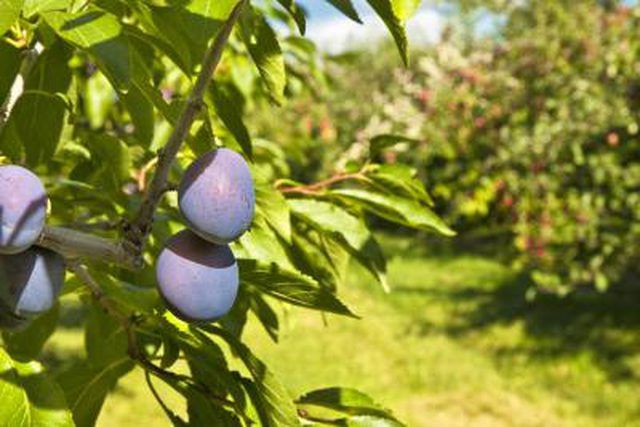
There are two distinct kinds of plum trees. Fruiting plums bear the edible fruit you find at the grocery store. The non-fruiting or ornamental plum trees are referred to as flowering plums. The flowering type may develop small edible hard fruit but it is only of interest to the birds. Flowering plums have been bred for their colorful foliage and attractive flowers. Most of the fruiting plums have a common rounded crown and are a medium sized tree. The flowering plum varieties may come in weeping, horizontally branched and dwarf forms.
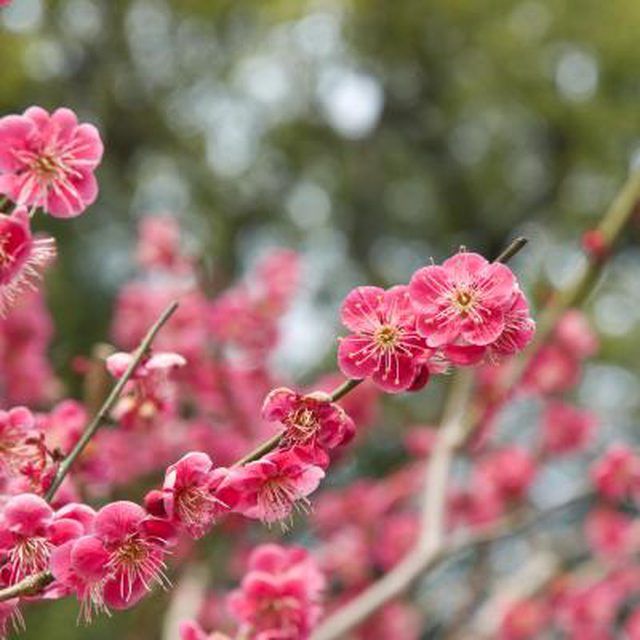
Plum leaves are oblong in shape with a pointed tip. The leaves are surrounded by serration similar to what is found on a knife. Species plums have green leaves but many of the hybrid varieties will have red to purple leaves. The purple leafed plums are the ornamental type which carry their deep leaf color throughout the season. The colorful leaves are the strongest reason to plant a flowering plum. Some of the most popular dark leaved plums are variations of Prunus cerasifera. Common varieties are Thundercloud, Pissardi and Newport.
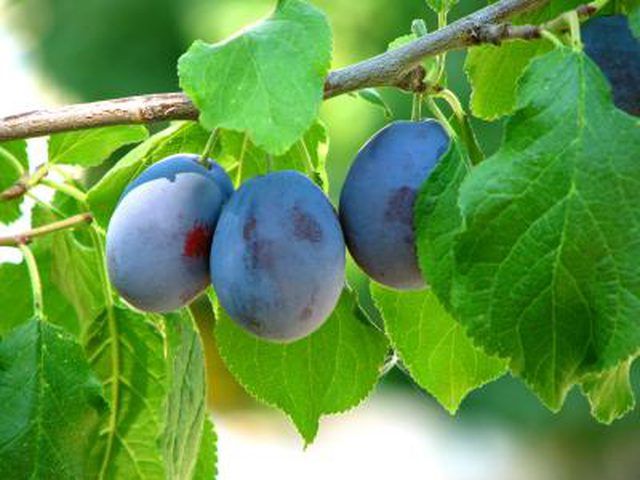
There are two types of edible plums. The European variety is the most common in temperate weather regions. Like many fruit trees, this plum is very hardy and needs a winter chill period to fruit well. This group includes the Italian Prune Plum and the Damson Plum. The other fruiting type is the Japanese plum. Examples of Japanese plums are the Santa Rosa and Satsuma varieties. Plums may be yellow, red or purple and the fruit comes in different sizes from 1 inch to around 5 inches. European plums ripen late in the season and Japanese plums are earlier.
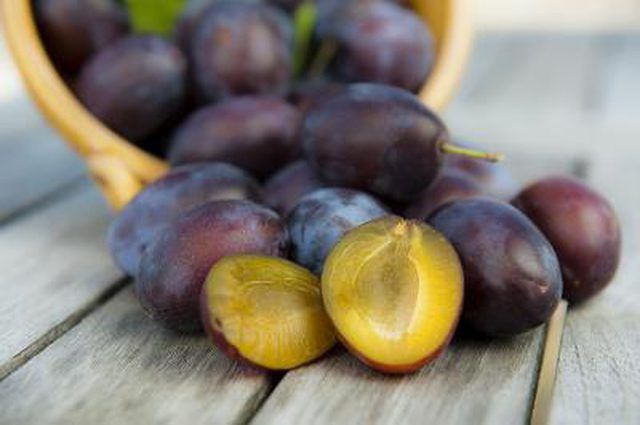
Plum bark tends to be dark, smooth and unimpressive. Older plum trees will have slightly rougher bark but nothing ornamental enough to mention. This is one way to tell a plum from a cherry or crabapple. Cherry bark has obvious horizontal lenticels or lines on the bark that go around the trunk. Crabapples develop plated bark that looks like rough squares up and down the trunk.
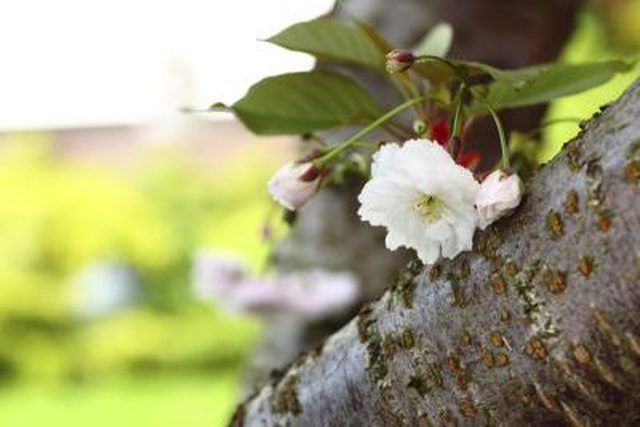
Fruiting plums are in the rosaceae family, which have simple five petaled flowers. The ornamental plums are bred to have single or double white or pink flowers. Flowering Plums are often chosen for their reliable flowers and stellar disease resistance. The Double Flowering Plum, Prunus triloba is a good example of this. This plum is a multistemmed shrub no taller than 12 feet at maturity. When in bloom, Prunus triloba will be completely covered with double pink flowers.
